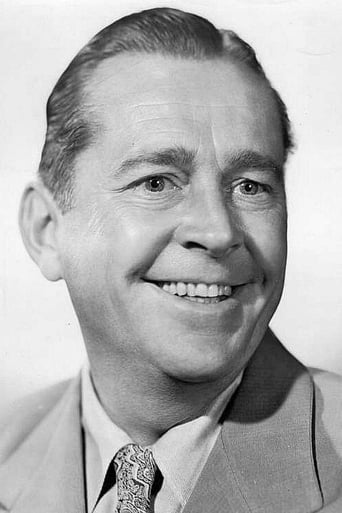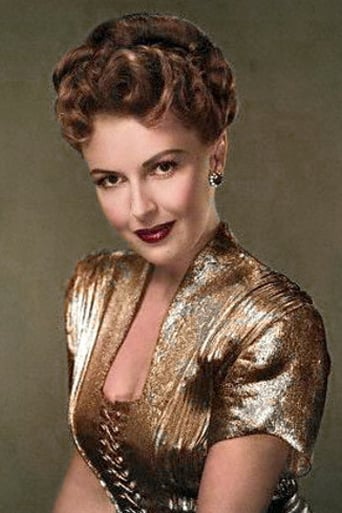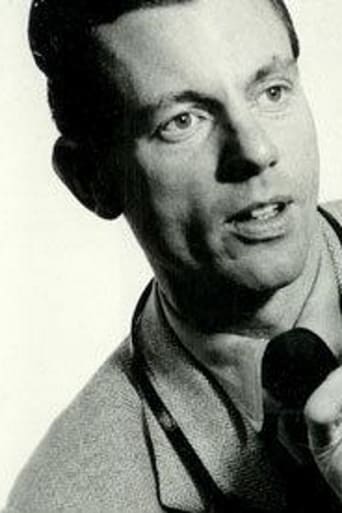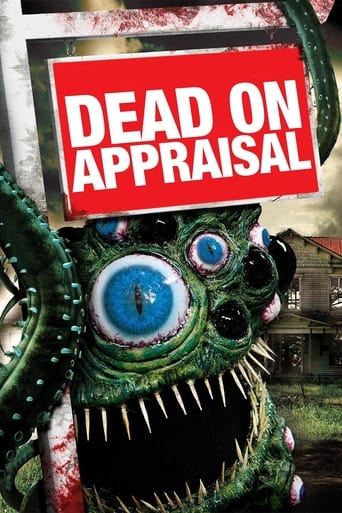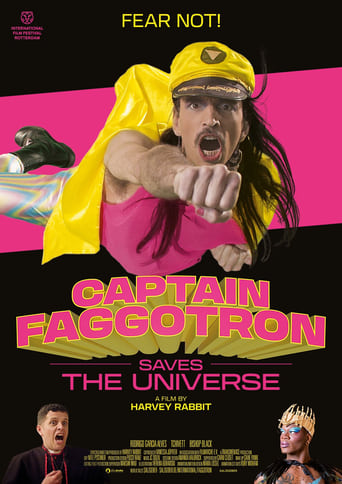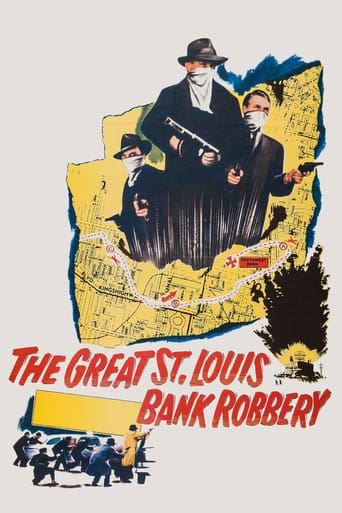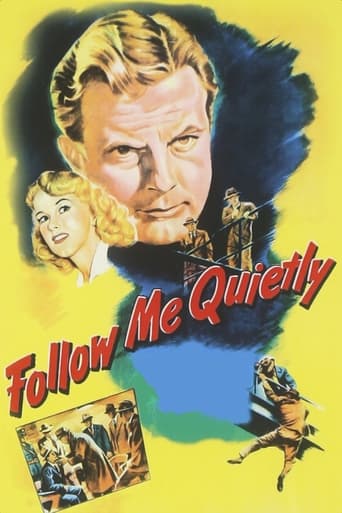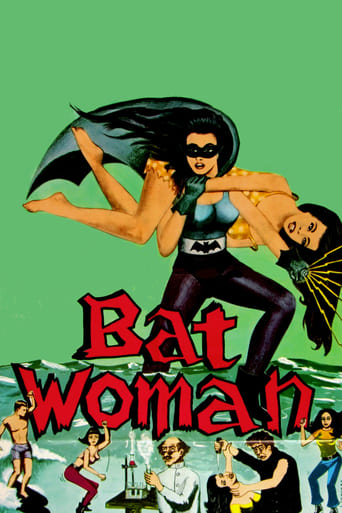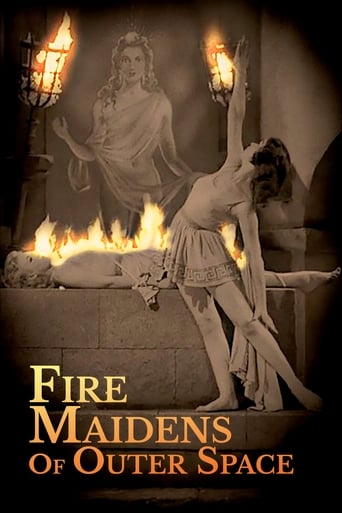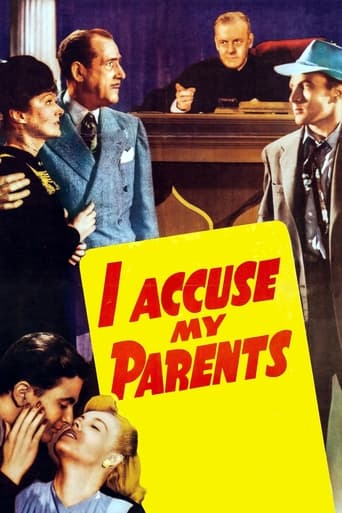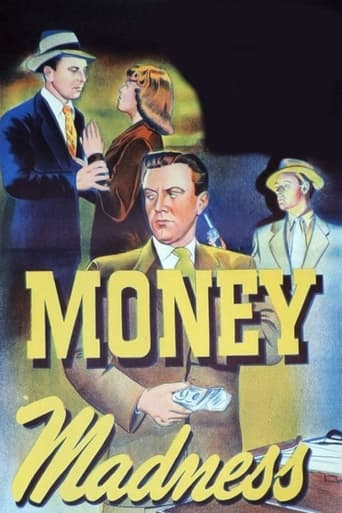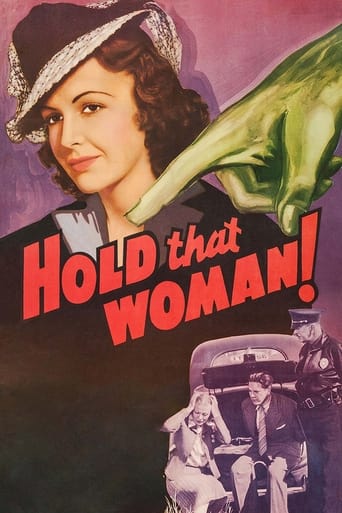

Hold That Woman! (1940)
A skip tracer--someone who collects late payments from people who've purchased appliances, etc., or takes them back them when they don't pay--repossesses a small radio from a deadbeat who's skipped payments. What he doesn't know is that a gang that has stolen diamonds from a Hollywood movie star has stashed them inside the radio, and they start hunting for him.
Watch Trailer
Cast


Similar titles
Reviews
I'm simply astounded by what used to pass for movie entertainment back in the Thirties and Forties. In this one for example, the picture's leading man (James Dunn) marries his girlfriend (Frances Gifford), buys a house, and fills it with furniture that will wind up being repossessed by the company he himself works for - Skip Tracers Ltd. Not only that, he solves the case he started working on that same day, the recovery of some jewels that were stolen from a glamorous movie star. And are you ready for this - it all happens in the space of a single afternoon! Oh well, can't be too critical. This was done more as a comedy than an actual crime drama, with the leading players an affable enough couple. However I couldn't wrap my mind around the idea that a pretty gal like Mary Mulvaney (Gifford) would ever go for a guy like Jimmy Parker (Dunn), and then I find out that the actors were actually married in real life! Sometimes you just can't account for taste.Anyway, this is a fairly fast paced and frenetic story that's all over the place with car chases, stake-outs and other assorted hi-jinks before it's satisfactorily wrapped up by skip-tracer Parker. You have to keep an eye on that radio with the hidden jewels as the central plot element. When Jimmy recovers it from Lulu Driscoll (Rita La Roy) the first time, he unplugs it from the wall in her apartment only to be arrested by the time he makes it down the stairs of the building. By the end of the picture, the film makers dispensed with that little inconvenience; when Jimmy grabbed it near the end of the story, it didn't even have a cord!Well I guess this didn't have to make too much sense as long as it was entertaining. Which it was for the most part if you don't think about it too much. Filmed by Poverty Row movie company PRC (Producers Releasing Corp.), I was intrigued by one of the opening credits that mentioned it was filmed using Western Electic's 'Noiseless Recording' process. Who would have thought?
James Dunn was a complete actor. He could play anything from crime to comedy. He first came to public notice as Eddie Collins in "Bad Girl" (1931) - a tale of the ups and downs of a young married couple in New York. After a couple of other films with the beautiful Sally Eilers, he was then teamed with cute Claire Trevor in "Jimmie and Sally" (1933). After yet another pairing with Trevor in "Baby Takes a Bow" (1934) he was then teamed with the film's star - Shirley Temple. "Hold That Woman" (1940) was made during a time when he was down on his luck and battling the bottle. Even with all his problems he still makes the film completely enjoyable. His leading lady was the beautiful Frances Gifford, who was his wife at the time.Jimmy Parker (James Dunn) is a "skip tracer" - a repossession agent. When he is given the job of repossessing a radio - things get complicated. The lady, Lulu Driscoll (Rita La Roy) refuses to relinquish it and everyone ends up at the police station. She has hidden some jewels that were stolen from a famous actress, in the back of the set. The famous actress, Corinne Hill (Anna Lisa) has problems of her own - she has just discovered that her fiancé is a thief and is mixed up in the robbery of her jewels.When Jimmie goes back to retrieve the radio, he finds Lulu has moved and all her furniture, including the radio, has gone into storage. He goes to the warehouse but the radio is not there. In the meantime he has proposed to Mary (Frances Gifford) and they go to see a widow who is selling a houseful of furniture for a song. Needless to say she is pulling a "swifty" as all her furniture is due to be repossessed!!! Everyone heads to Marble Cliff Drive where Lulu is living, along with her radio and the jewels. Miles Hanover (Dave O'Brien), the skip - tracer's "golden haired boy", goes to the house to make a deal - if Lulu hands over the jewels to him, he will leave - no questions asked. He comes to a sticky end, much to Jimmie's amusement.It was a very enjoyable film and Frances Gifford proved she was a talent sadly wasted. Recommended.
The accent is on comedy capers rather than mystery and noir in this remarkably involved yet fast-paced and light-hearted gangster yarn about stolen diamonds which a sleazy blonde has hidden in a cheap portable radio.Although this movie was made right in the middle of a down cycle in James Dunn's remarkable up-and-down movie career (he would bounce back with a vengeance in 1945 when he won universal praise for his brilliant performance under Elia Kazan's tutelage in A Tree Grows in Brooklyn), it's quite an entertaining little offering, despite the actor's haggard appearance in some shots. It's also of interest to see the lovely Frances Gifford (Dunn's wife at the time) and a fine collection of support oddballs including Dave O'Brien and Rita La Roy.For once, director Neufeld/Newfield (alias Sherman Scott here) has handled the proceedings with pace and even occasional flair, making deft use of a large number of real (if not particularly picturesque) L.A. locations. The director also manages the difficult feat of balancing many disparate plot elements in an extremely complicated screenplay so neatly and with such finesse that even a backward audience can always follow the plot.Mind you, a farcical script that creates such a frantic fuss over a portable radio set that looks as if it's worth ten bucks at the most, is hardly believable. But with players like Dunn, Gifford, O'Brien and company, who cares?
Originally titled SKIP TRACER. this very entertaining, briskly paced comedy adventure features James Dunn, cast as Jimmy Parker, an agent for Skip Tracers, Ltd., who with his girl friend Mary (Dunn's real life wife Frances Gifford) find themselves embroiled in the midst of a burglary case concerning diamonds stolen from a movie star, bringing about their being arrested, shot at and chased by the thieves, yet finding opportunity to be wed and set up housekeeping, all during one frenetic day, thanks to a snappily penned script that neatly ties together disparate plot elements. A small budgeted production from producer Sigmund Newfield's PRC studio, the work is ably directed by his brother Sam, an old hand at such poverty row action pieces, assisted here as often by Holbrook Todd, editor, and cameraman Jack Greenhalgh who is accustomed to thinking quickly for this type of film, the trio joining to create smooth montage effects. That aspect of acting called "business", prominent from the 1930s into the 1950s, particularly in U.S. cinema, benefits this production, especially that employed by Dunn (who ad libs effectively) in conjunction with beautiful Gifford whose natural graces earn for the future star of serials the acting laurels here, although her native athleticism is sublimated for her role, while able turns are to be appreciated from Rita LaRoy, Paul Boyar and George Douglas as members of the gem thieving gang, and from Dave O'Brien as a skip tracer in competition with Parker. The DVD release from Alpha offers adequate sight and sound, with no extras.


